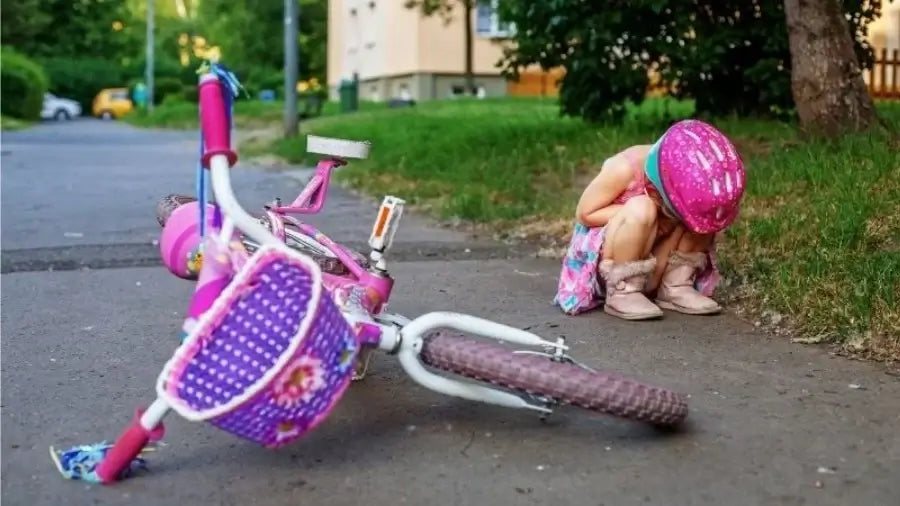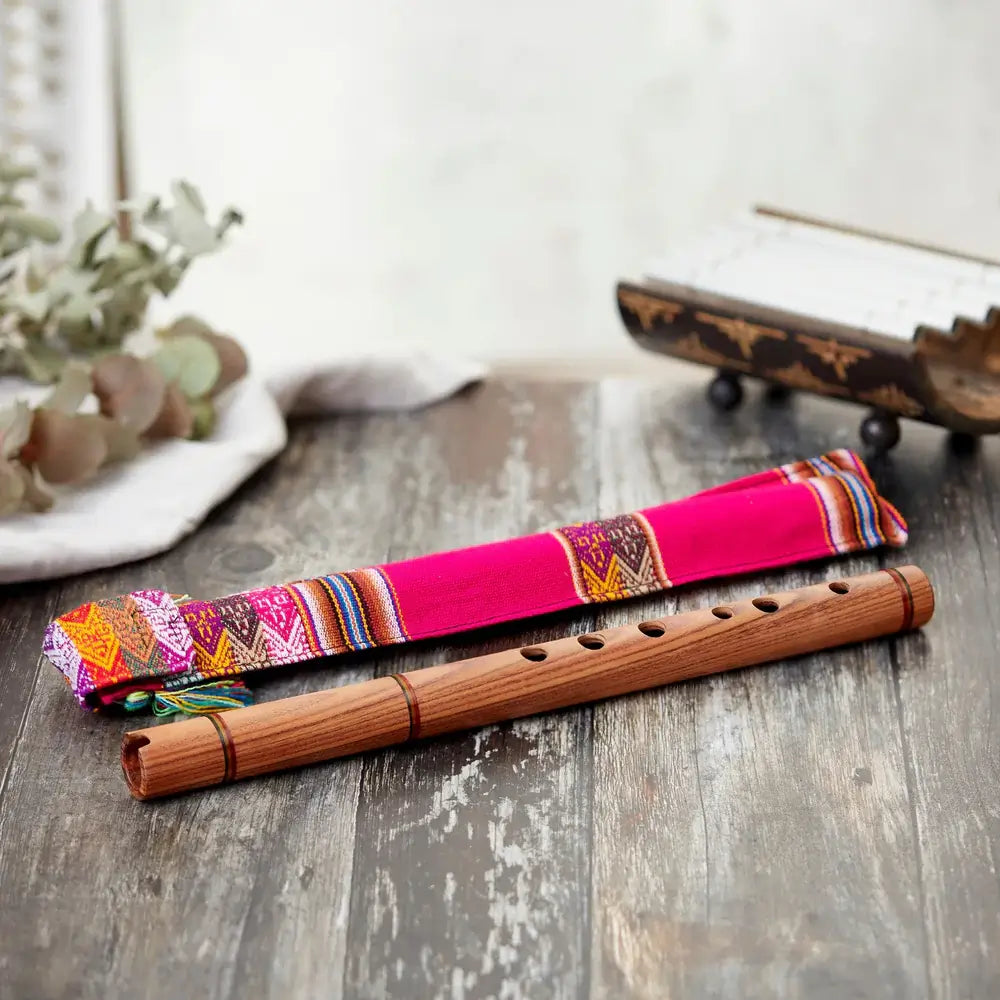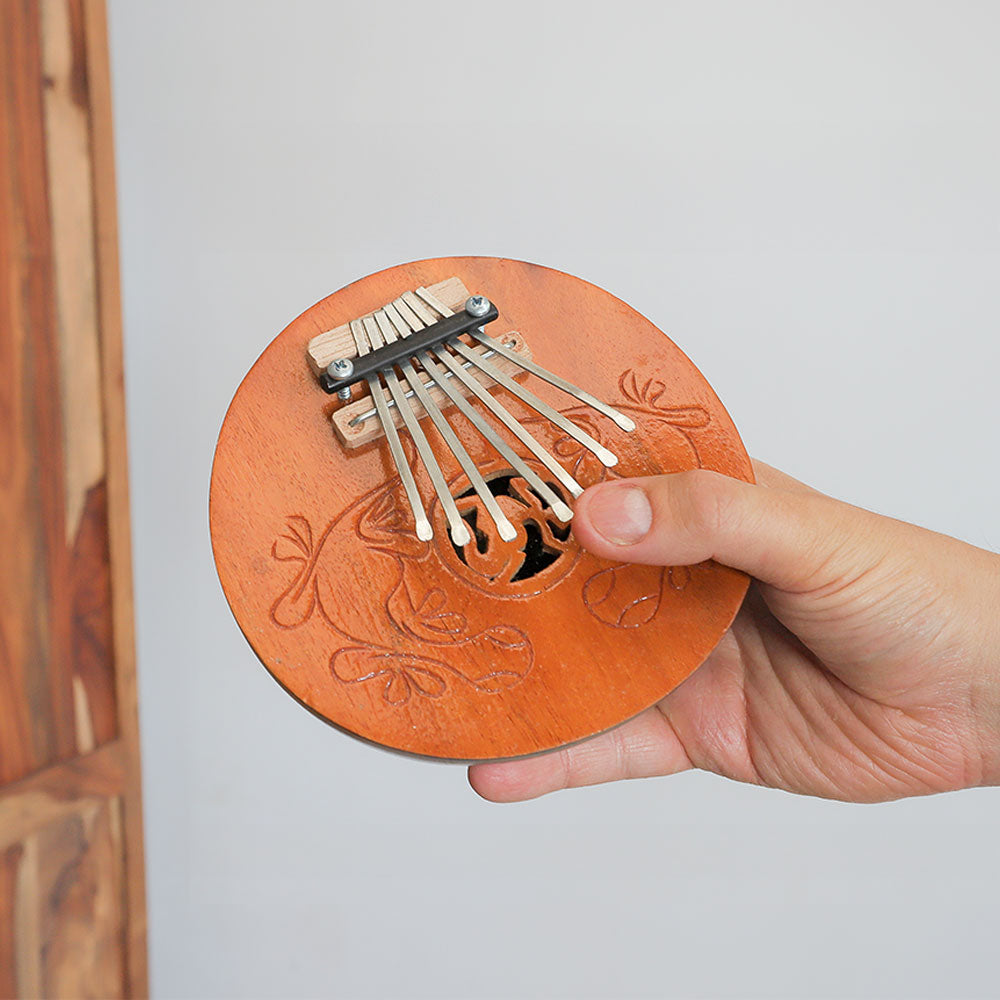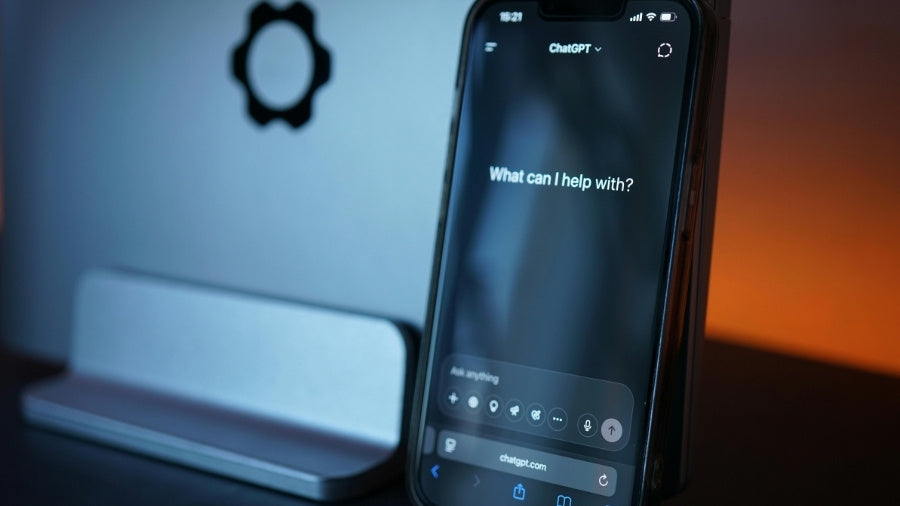Many parents wonder why their child is so clumsy. This could be because of how often kids fall over or walk into things. It is common for children aged between two and five years old to be covered in bruises simply because toddlers are the clumsiest. Why?
1. They are still learning
After they have learnt to walk, they will still be learning. You don’t instantly become an expert, it takes some practice. For them, everything is a little off-balance. You can understand it better if you think about ice-skating or rollerblading for the first time.
When you go. You could find yourself holding on tight to things around you and may even end up falling over a few times. For a toddler, that has not walked before, things will be a little wobbly. As children’s feet grow, they struggle to keep up with balancing.
2. Are their shoes the right size?
Making sure that they have the right sized shoe is a must, and their feet grow so quick. If their shoes are too tight or too large, your child could easily trip over causing them to be more clumsy.
3. Multi-tasking and growth spurts
Most of the time children are trying to master so many physical tasks related to their co-ordination. During growth spurts, the centre of gravity changes for them and their limbs are growing rapidly.
4. Not looking where they are going
Toddlers and young children don’t tend to look where they are going. This could be because their busy minds are focused on toys, books, games etc. It is of course something they will learn with practice. Although many adults dont look where they are going. Some are glued to their phones instead. For little ones, they get distracted so easily. Its no wonder they don’t see the metal pole that’s right in front of them!
5. Dyspraxia
Dyspraxia is a common reason for children to be clumsy. This is because it affects their coordination. It causes them to perform worse than expected in daily activities for their age group, and they will likely appear to be clumsier. If you are noticing your child’s clumsiness is a problem, and they are tripping over every little step or toy on the floor, it could be a sign your child has got some vision problems. If you are noticing your child isn’t listening to you commanding, or they do not walk a certain way, this could be a sign that they could have some hearing difficulties.
Your local health visitor or GP will refer your child to have tests done to rule out any health complications and will hopefully find out why your child has been the way they have. I wish you all the best of luck in parenting, clumsiness is just a part of your toddler being themselves and trying out new things. If it does start to affect your life, don’t hold back. Go ahead and talk to a professional.
6. Poor Balance
Balance is a skill that develops over time. Young children may not have fully developed their vestibular system, which helps them stay steady. Activities like walking on uneven surfaces or climbing can highlight this imbalance.
7. Lack of Rhythm
Coordination and rhythm go hand in hand. Some children may struggle to synchronize their movements, making tasks like walking or running feel less fluid.
8. Muscle Development
Children’s muscles are still growing and strengthening. Weak muscles can make activities like running or jumping more challenging, leading to more falls.
9. Impulsiveness
Toddlers often act on impulse without thinking about the consequences. This quick decision-making can result in tripping or bumping into things.
10. Environment
The physical environment can also play a role. Toys scattered on the floor or uneven surfaces can increase the likelihood of falls. Ensuring a safe and organized space can minimize these risks.
While clumsiness is often a normal part of development, it’s essential to keep an eye on your child’s progress. If clumsiness starts affecting their daily life, consulting a professional is a good idea. Remember, every child develops at their own pace, and a little patience goes a long way.
Boost Your Child's Coordination Through Music
Did you know that musical instruments could help improve your child's balance, rhythm, and motor coordination? When supervised, using drums, shakers, and xylophones can support their development while encouraging creativity. Our collection of handcrafted musical instruments is great for educational purposes.








